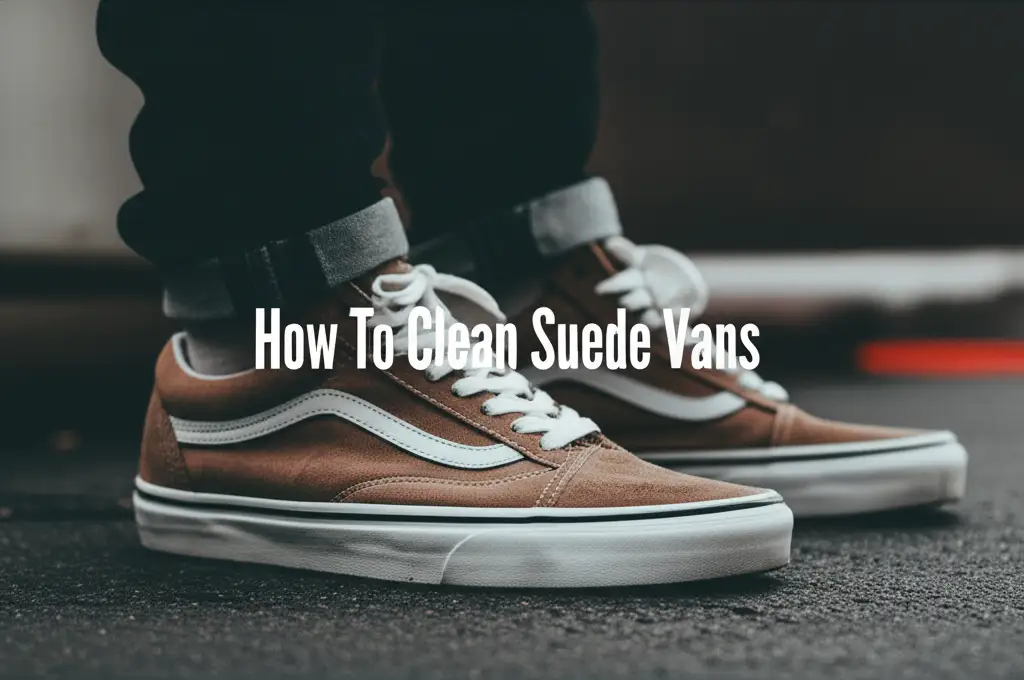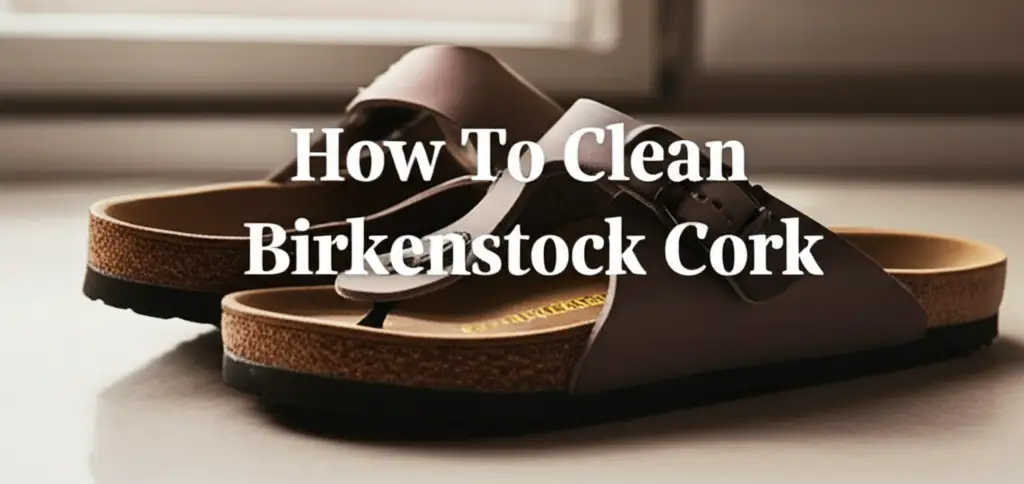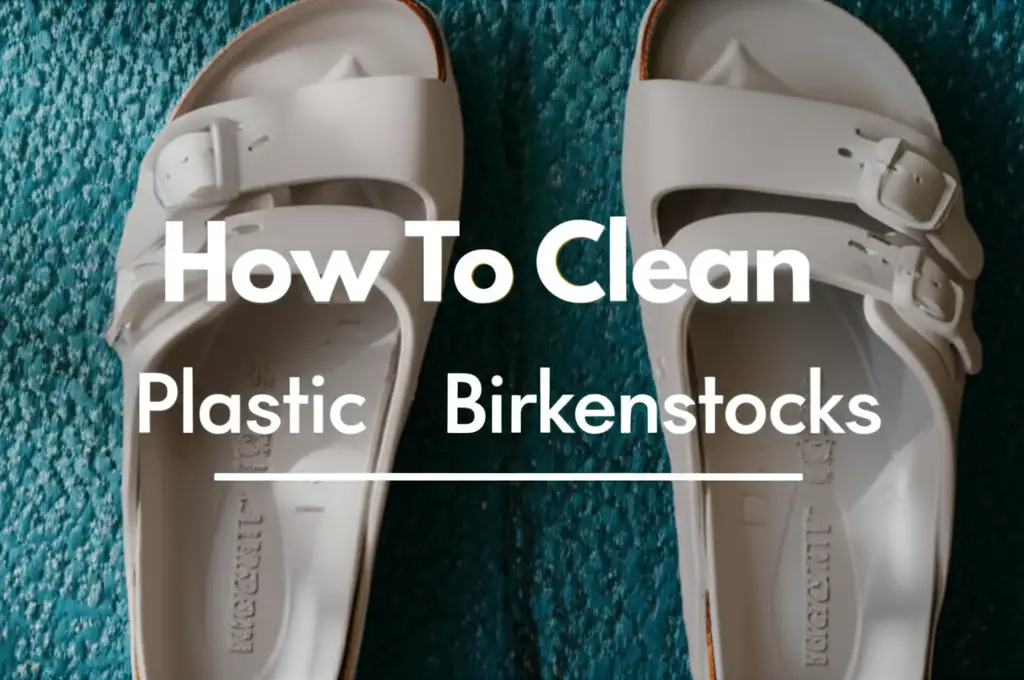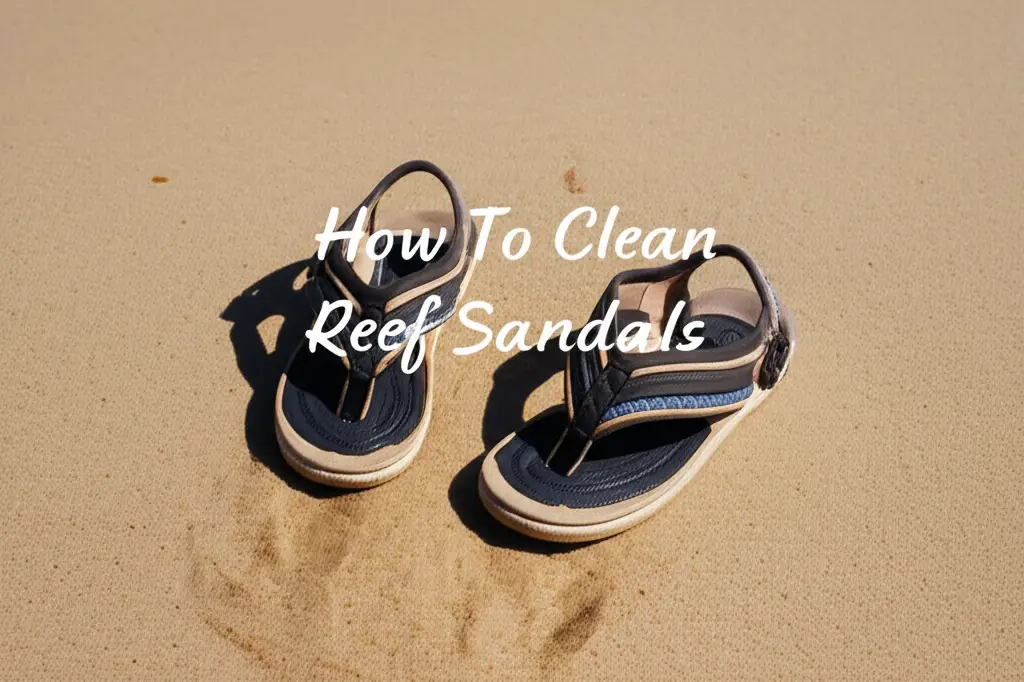· Footwear Care · 11 min read
How To Clean Dansko Clogs
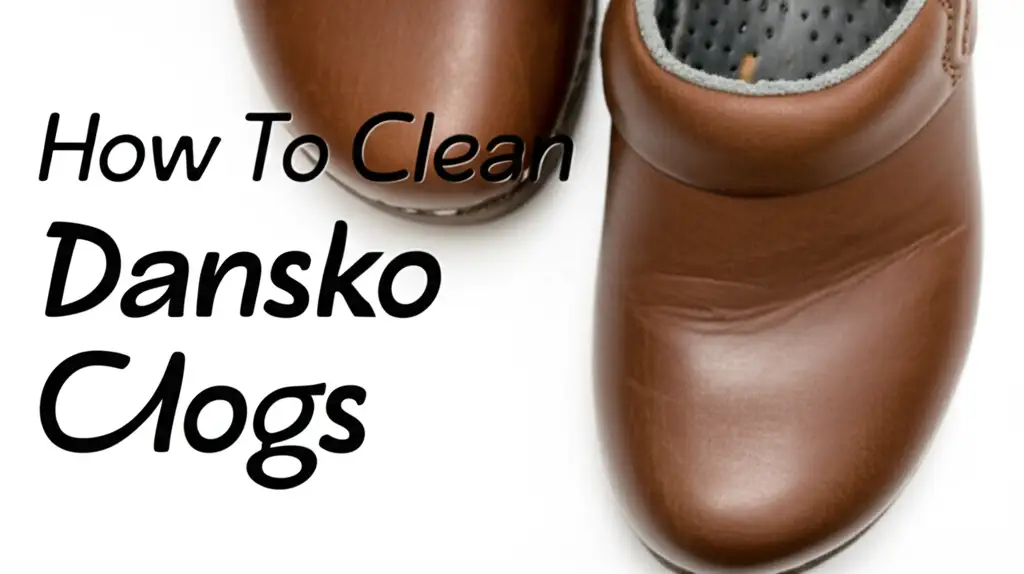
How To Clean Dansko Clogs: A Complete Guide
Dansko clogs are known for their comfort and support. Many people wear them every day. Over time, these well-loved shoes can gather dirt, stains, and scuffs. Keeping them clean helps them look good and last longer. I want my Danskos to feel as good as new.
Learning how to clean Dansko clogs properly is important. Different materials need different care methods. This guide covers specific cleaning techniques for various Dansko materials. You will learn about general daily care, deep cleaning for leather, suede, and patent finishes, and how to handle odors. Follow these steps to keep your favorite clogs in top condition.
Takeaway
- Identify your Dansko clog material before cleaning.
- Use gentle, material-specific cleaning products.
- Clean clogs regularly to prevent dirt buildup.
- Address stains and odors quickly to preserve shoe quality.
- Always air dry clogs away from direct heat.
Concise Answer
To clean Dansko clogs, first identify the material: leather, suede, or patent. Use specific gentle cleaners and tools for each type. Wipe regularly, spot clean stains, and condition leather. Allow clogs to air dry completely away from heat.
Understanding Your Dansko Clogs Material: The First Step to Cleaning
Before you start cleaning your Dansko clogs, you need to know what they are made from. Dansko uses many materials for their footwear. Each material requires a different cleaning approach. Using the wrong product can damage your clogs.
I always check the inside label or product description first. This small step saves a lot of trouble later. If you are unsure, a quick search on the Dansko website can help. Knowing the material ensures you use the correct cleaning method. This keeps your clogs looking their best for a long time.
Common Dansko Materials and Their Characteristics
Dansko clogs come in a variety of materials. Each one has unique properties that affect how you clean it. Understanding these differences is key to effective clog care.
- Smooth Leather: This is a common material for Dansko clogs. It has a polished, even surface. Smooth leather is durable but can show scuffs and scratches easily. It needs regular conditioning to stay supple and prevent cracking.
- Milled or Tumbled Leather: These leathers have a softer, more textured feel. They are often more relaxed and may show natural variations. Cleaning methods for milled leather are similar to smooth leather but require extra gentleness to preserve the texture.
- Suede and Nubuck: These are napped leathers, meaning they have a soft, fuzzy surface. Suede and nubuck are prone to absorbing stains and getting matted. They require special brushes and spray protectors. Water can easily mark these materials.
- Patent Leather: This material has a high-gloss, very shiny finish. It is often covered with a plastic coating. Patent leather is easy to wipe clean but can scratch and crease. It also attracts fingerprints and smudges.
- Man-Made Materials and Fabric: Some Dansko clogs feature synthetic materials or fabric uppers. These typically require simpler cleaning with mild soap and water. Always check the specific care instructions for these types.
Using the right tools and products protects your clogs. For instance, cleaning a suede clog with leather conditioner will not work. It can ruin the napped surface. Always match your cleaning products to your clog’s material for the best results.
Daily Care and Regular Maintenance for Dansko Longevity
Regular care keeps your Dansko clogs looking fresh. It also extends their lifespan significantly. I find that a little effort each day prevents bigger cleaning jobs later. This routine helps maintain their comfort and appearance.
Your clogs collect dust, dirt, and light scuffs with every wear. Addressing these minor issues immediately is smart. This simple practice ensures your Dansko clogs remain a dependable part of your wardrobe. It’s like a daily check-up for your shoes.
Simple Steps for Everyday Dansko Maintenance
Daily maintenance involves quick and easy steps. These steps protect your clogs from everyday wear and tear. Make them a habit to keep your Danskos in top shape.
- Wipe Down After Each Wear: Use a soft, dry cloth to wipe off dust and loose dirt. For leather clogs, a slightly damp cloth can remove smudges. This prevents dirt from settling into the material.
- Brush Off Debris: If your clogs have textured leather or suede, use a soft brush. Gently brush away any caked-on dirt or debris. This stops grime from becoming embedded.
- Address Scuffs Promptly: For leather clogs, use a leather cleaner or a dab of mild soap on a damp cloth for small scuffs. For patent leather, a soft cloth can often buff out light marks. Timely action prevents scuffs from becoming permanent.
- Store Properly: Keep your Dansko clogs in a cool, dry place. Avoid direct sunlight or extreme temperatures. Using shoe trees helps them keep their shape. This also prevents moisture buildup. If you are worried about unseen shoe issues, learning how to clean mold off shoes can be very helpful for all your footwear how to clean mold off shoes.
- Allow to Air Out: After wearing, let your clogs air out for a few hours. This helps dissipate any moisture or odor. Never store them in a confined, damp space immediately after use. Good air circulation is key.
These daily steps are crucial for maintaining the quality of your Dansko clogs. They ensure your footwear remains comfortable and presentable. Consistency in care saves effort in the long run.
Deep Cleaning Dansko Leather Clogs: Step-by-Step Guide
Leather Dansko clogs are durable, but they need deep cleaning periodically. This process removes ingrained dirt and revitalizes the material. I typically deep clean my leather clogs every few months, depending on how often I wear them. This ensures the leather remains supple and attractive.
Deep cleaning brings back the original luster of your leather clogs. It also protects the leather from drying out and cracking. Follow these steps for a thorough and effective clean. This method applies to smooth, milled, and tumbled leather finishes.
Supplies You Will Need
Gathering your supplies beforehand makes the cleaning process smooth. You will need a few basic items for deep cleaning leather clogs.
- Soft brush (e.g., horsehair brush)
- Soft cloths (microfiber works well)
- Mild soap (like saddle soap or a specialized leather cleaner)
- Small bowl of lukewarm water
- Leather conditioner or balm
- Leather protector spray (optional but recommended)
Cleaning Process for Leather Dansko Clogs
Follow these steps carefully to deep clean your leather Dansko clogs. This method ensures a gentle yet effective cleaning.
- Remove Loose Dirt: Use a soft brush or a dry cloth to brush off any surface dirt. Pay attention to seams and crevices. This step prevents scratching the leather during washing.
- Prepare Cleaning Solution: Dampen a soft cloth slightly with lukewarm water. Apply a small amount of mild soap or leather cleaner to the cloth. The cloth should be damp, not soaking wet.
- Clean the Leather: Gently wipe down the entire leather surface in small sections. Use circular motions. Do not scrub harshly. If you have any stains on the wooden sole, you might find tips on how to clean stains on wood helpful for that specific part.
- Wipe Off Excess: Use a separate, clean, damp cloth to wipe away any soap residue. Make sure no soap film remains on the leather.
- Air Dry: Allow your clogs to air dry completely at room temperature. Keep them away from direct sunlight or heat sources. Stuffing them with crumpled paper helps absorb moisture and maintain shape. This drying process can take several hours.
Removing Scuffs and Minor Stains from Leather
Scuffs and minor stains are common on leather clogs. Dealing with them quickly prevents them from setting in. I always have a few tricks for these small imperfections.
- For Light Scuffs: Rub gently with a clean, dry finger. The natural oils from your skin can sometimes buff out very minor scuffs. A specialized leather scuff remover stick can also work wonders.
- For Minor Stains: For oil or grease stains, apply a small amount of cornstarch or talcum powder directly to the stain. Let it sit overnight to absorb the oil. Brush off in the morning. For water spots, gently wipe the entire affected area with a damp cloth to even out the moisture, then let it air dry.
- For Ink or Darker Stains: These are tougher. A small amount of rubbing alcohol on a cotton swab can work, but test in an inconspicuous area first. Dab lightly; do not rub. Follow immediately with leather conditioner.
Conditioning Leather Dansko Clogs
Conditioning is vital for leather clogs after cleaning. It replenishes lost moisture and keeps the leather soft and supple. I never skip this step.
- Apply Conditioner: Once the clogs are completely dry, apply a small amount of leather conditioner to a clean, soft cloth.
- Rub into Leather: Gently rub the conditioner into the leather using circular motions. Ensure even coverage.
- Buff: Allow the conditioner to absorb for a few minutes. Then, buff the leather with a clean, dry cloth until it shines. This brings out the natural luster and protects the leather. Regular conditioning can prevent future cracks and maintain the leather’s appearance.
Restoring Suede and Nubuck Dansko Clogs
Suede and nubuck Dansko clogs have a distinct soft texture. This texture makes them comfortable but also more prone to stains and matting. Cleaning them requires special tools and a delicate touch. I have learned that patience is key when working with these materials.
Water and oil can easily damage suede and nubuck. Avoid getting them excessively wet. Your goal is to lift dirt and restore the nap without flattening or ruining the texture. Specialized products designed for napped leathers work best.
Supplies You Will Need
Prepare these items before you start cleaning suede or nubuck clogs. These tools are designed specifically for delicate napped leathers.
- Suede brush (with brass bristles or rubber nubs)
- Suede eraser or pencil eraser
- Suede cleaner spray (non-aerosol, water-based)
- Clean, dry cloth
- Suede protector spray
Cleaning Process for Suede and Nubuck Dansko Clogs
Follow these steps carefully to clean and restore your suede or nubuck Dansko clogs. This method focuses on gentle restoration.
- Brush Off Loose Dirt: Use the suede brush to gently brush away any dry, loose dirt. Brush in one direction to lift the nap. Do not scrub back and forth. This initial step prevents grinding dirt deeper into the material.
- Erase Scuffs and Stains: For small marks or shiny spots, use a suede eraser. Gently rub the eraser over the scuff or stain. The eraser will lift the dirt. Then, brush away the eraser shavings with the suede brush. For more stubborn blemishes, a general guide on how to clean mold with vinegar could provide insights on tackling similar organic stains, though test on an inconspicuous area first for suede.
- Apply Suede Cleaner (If Needed): If stains persist, lightly spray a specialized suede cleaner onto a clean cloth. Dab the cloth onto the stained area. Do not spray cleaner directly onto the clog, as this can cause water spots. Blot gently; do not rub.
- Re-nap the Suede: After cleaning, use the suede brush to restore the nap. Brush in a consistent direction until the fibers stand up again. This brings back the soft texture.
- Air Dry: Allow the clogs to air dry completely away from heat. Suede and nubuck can take longer to dry. Ensure they are fully dry before wearing or applying protector.
Tackling Stubborn Suede Stains
Stubborn stains on suede can be tricky. Act quickly for the best chance of removal. Different types of stains may require slightly different approaches.
- For Mud Stains: Let the mud dry completely. Then, gently brush it off with the suede brush. Never try to wipe wet mud.
- For Oil/Grease Stains: Apply a generous amount of cornstarch or talcum powder over the stain. Let it sit for several hours or overnight to absorb the oil. Brush off the powder with the suede brush. Repeat if necessary.
- For Water Stains: If water spots appear, lightly mist the entire affected area with water using a spray bottle. Brush the surface evenly. Let it air dry completely. This helps to blend the water marks.
Protecting Suede and Nubuck
Protection is crucial for suede and nubuck clogs. It helps repel water and prevent future stains. I always apply a protector to new suede shoes and reapply it regularly.
- Ensure Clogs are Clean and Dry: Make sure your clogs are perfectly clean and dry before applying protector.
- Apply Protector Spray: In a well-ventilated area, hold the suede protector spray about 6-8 inches away from the clog. Apply an even, light coat. Do not saturate the material.
- Allow to Dry: Let the first coat dry for the time recommended on the product label. Apply a second light coat for extra protection.
- Re-nap and Cure: Once completely dry, lightly brush the suede to restore its texture. Allow the clogs to cure for 24 hours before wearing. This protection will help repel moisture and spills, making future cleaning easier. This is similar to how you protect other items from unwanted issues; for instance, understanding how to clean mold off plastic can also give you ideas about protective steps.
Caring for Patent Leather and Other Specialty Dansko Finishes
Patent leather Dansko clogs have a distinctive glossy shine. This smooth, coated surface makes them relatively easy to clean. However, they can show fingerprints, scuffs, and creases more readily. Other specialty finishes like metallics or prints also require gentle care to preserve their unique appearance. I often use simple methods for these types.
The key with patent leather and other delicate finishes is to avoid harsh chemicals or abrasive materials. These can dull the shine or damage the coating. Gentle cleaning keeps them looking new and vibrant.
- Dansko clogs cleaning
- Clog maintenance
- Shoe care tips

